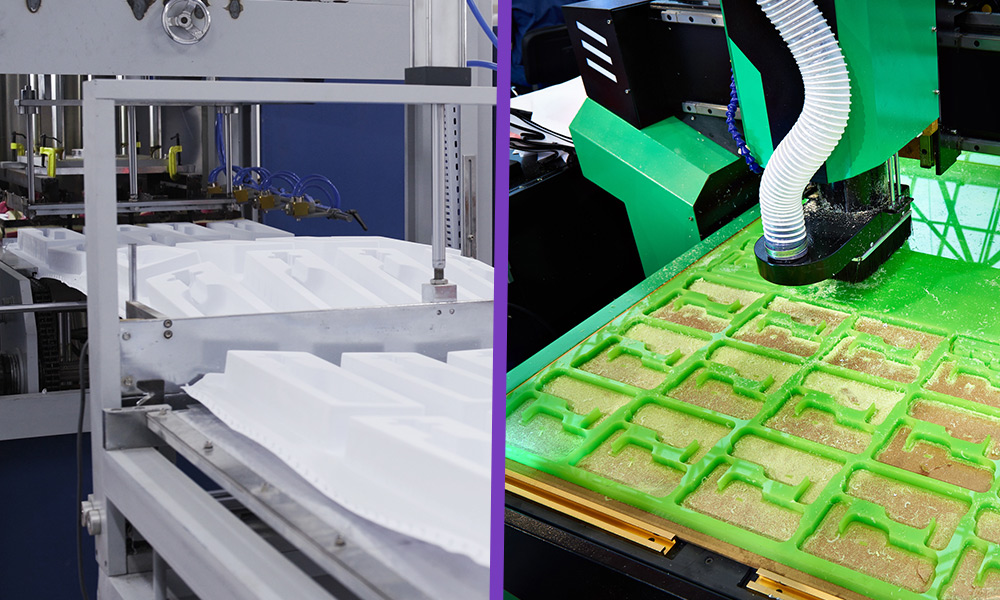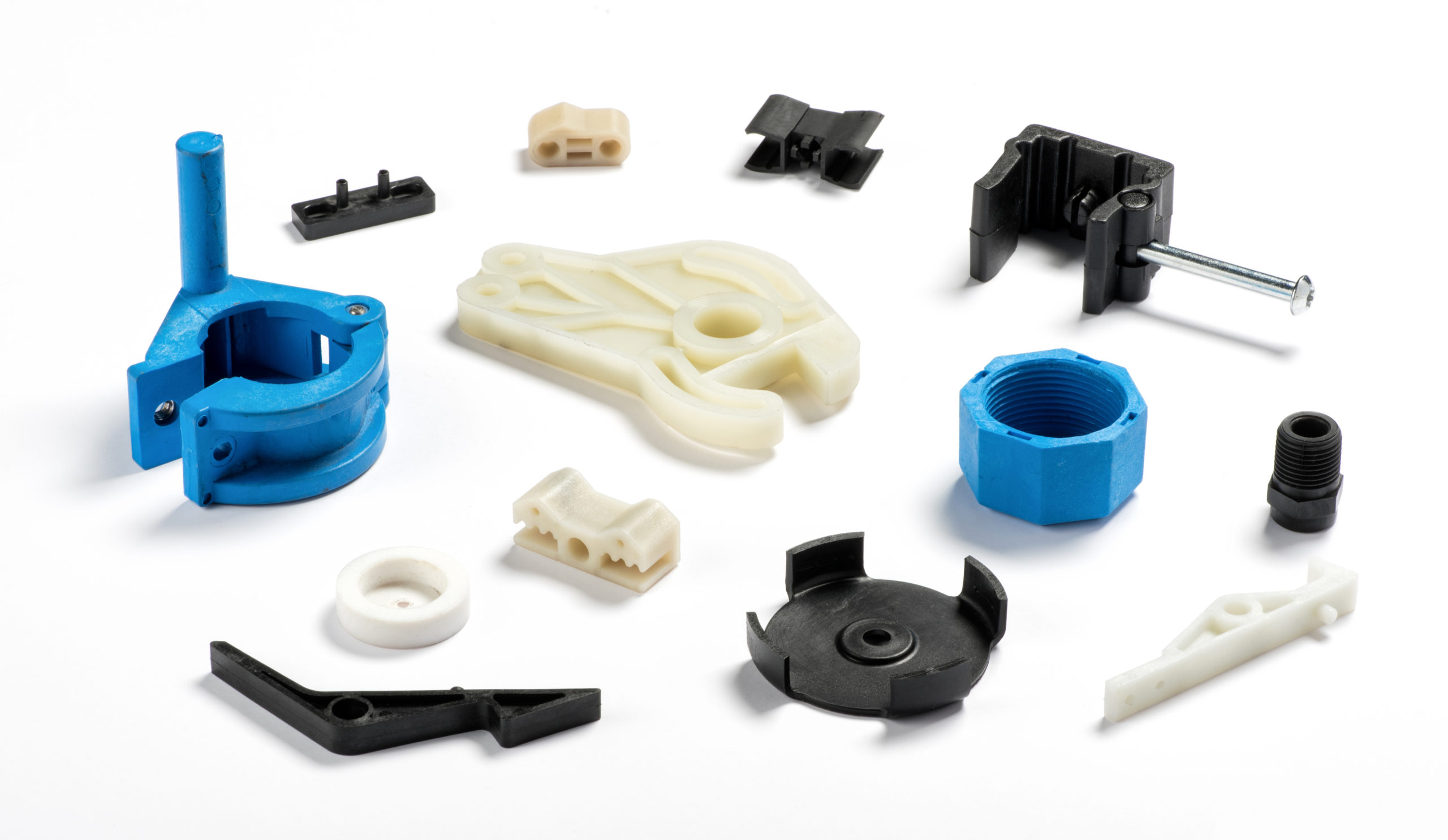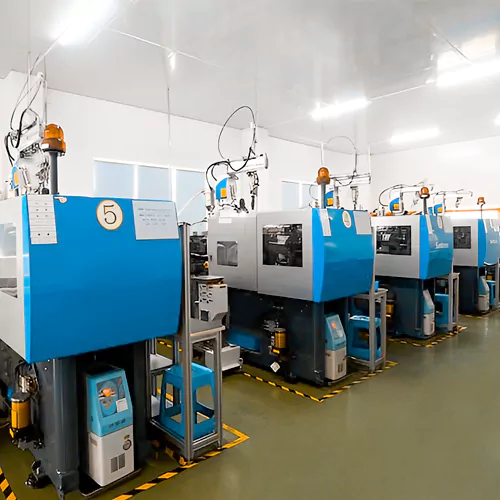Enhancing Product Growth with Advanced Plastic Injection Molding Solutions
Enhancing Product Growth with Advanced Plastic Injection Molding Solutions
Blog Article
Understanding the Fundamentals of Plastic Injection Molding Procedures
Plastic injection molding works as a cornerstone of modern-day production, supplying a methodical approach to creating complicated components with precision. This procedure not only encompasses the basic steps of melting and injecting products into molds yet likewise entails a nuanced understanding of different affecting aspects, such as temperature and stress. As sectors significantly demand performance and quality, the complexities of this method end up being much more vital. Checking out these vital components could expose just how even minor adjustments can bring about substantial renovations in manufacturing outcomes, questioning concerning the possibility for development in this recognized process.
What Is Plastic Shot Molding?
Plastic injection molding is an extensively made use of manufacturing process that transforms polycarbonate and thermosetting materials into precise and complicated shapes. This technique is preferred for its capability to generate high quantities of the same components with exceptional accuracy, making it an indispensable technique in different sectors, including automobile, durable goods, and medical tools.
The procedure includes thawing the picked plastic material and infusing it right into a mold under high pressure. The mold and mildew, made to the specifications of the wanted part, allows the molten plastic to form as it solidifies and cools. As soon as the material has set, the mold is opened up, and the completed part is expelled.
Plastic injection molding provides numerous advantages, including minimized waste, consistency in production, and the capability to include intricate designs that might be testing with other making approaches. Furthermore, it supports a broad variety of products, each providing special residential or commercial properties that can be tailored for certain applications. As markets remain to introduce, plastic injection molding stays at the center, making it possible for the growth of advanced products that satisfy progressing consumer needs.
The Shot Molding Refine
The shot molding process is a sophisticated technique that involves a number of essential phases to produce high-grade plastic parts. Plastic pellets are fed right into a heated barrel where they are thawed right into a thick fluid. This molten plastic is after that infused under high stress right into a precision-engineered mold, which shapes the product into the preferred form.
When the mold is filled, the plastic is allowed to cool and strengthen, taking the form of the mold and mildew dental caries. Air conditioning time is vital, as it impacts the cycle time and the final buildings of the molded component. After sufficient cooling, the mold and mildew opens, and the finished part is expelled making use of ejector pins.

Materials Made Use Of in Injection Molding
Different products can be used in the shot molding process, each offering unique homes that accommodate specific applications. One of the most frequently made use of materials consist of thermoplastics, thermosetting plastics, and elastomers.

Thermosetting plastics, like epoxy and phenolic resins, undergo a chemical change during the healing process, causing an inflexible, inflexible structure. These materials are optimal for applications requiring high warmth resistance and architectural honesty, typically utilized in electrical insulators and auto components.
Elastomers, consisting of silicone and rubber-based materials, provide versatility and strength. Their distinct buildings make them ideal for applications that require flexibility, such as gaskets and seals.
In addition, specialized materials like bio-based plastics and compounds are acquiring traction for their environmental advantages and improved performance attributes, broadening the extent of shot molding applications in various markets. Recognizing the homes of these materials is critical for selecting the suitable type for specific jobs.
Advantages of Shot Molding
Injection molding stands out as an extremely effective production procedure that uses countless benefits for creating complicated parts with accuracy. One of the most significant advantages is the ability to develop complex layouts that would certainly be challenging or difficult to achieve with other approaches (Plastic Injection Molding). The process enables detailed functions and limited tolerances, ensuring top notch elements
Additionally, injection molding is known for its quick production capabilities, making it a suitable choice for high-volume manufacturing. As soon as the mold and mildew is created, parts can be generated rapidly, reducing preparations and boosting general efficiency. This performance not just decreases manufacturing costs however additionally provides an affordable side in the market.
The flexibility of products utilized in injection molding further improves its allure. A vast array of thermoplastics and thermosetting polymers can be linked here utilized, allowing makers to pick products that ideal meet their specific requirements, including warmth, toughness, and flexibility resistance.
Additionally, the process reduces waste, as excess product can frequently be recycled and reused. This sustainability facet adds to a reduced ecological impact, making injection molding a responsible production option. Generally, the advantages of shot molding make it a recommended method for many sectors.
Aspects Impacting Item High Quality
While many variables can affect product top quality in injection molding, understanding these components is critical for achieving optimal results. Key aspects include product selection, processing parameters, and mold and mildew design.
Material selection plays a crucial function, as different polymers display unique buildings that impact flowability, stamina, and thermal security. Insufficient material selection can result in flaws such as bending or insufficient dental filling.
Processing specifications, including temperature, pressure, and cycle time, should be meticulously managed. Variants in these setups can result in inconsistencies partly dimensions and surface finish. Excessively high temperature levels may trigger degradation of the polymer, while inadequate pressure can result in brief shots.
Mold style is equally important, as it figures out the circulation of the molten plastic and the cooling process. Inadequately designed molds might cause irregular air conditioning prices, causing dimensional errors and residual anxieties.

Verdict
To conclude, plastic shot molding serves as a critical manufacturing process that enables the effective production of premium components. Mastery of the shot molding procedure, consisting of the understanding of products and the influence of numerous factors on product top quality, is essential for accomplishing optimal results. The advantages of this technique, such as cost-effectiveness and design flexibility, more highlight its importance across numerous industries, strengthening its status as a recommended option for high-volume manufacturing.
Plastic injection molding serves as a keystone of modern-day production, providing a methodical strategy to creating intricate components with precision.Plastic injection molding uses numerous benefits, including minimized waste, consistency in production, and the capability to incorporate intricate layouts that may be testing with other manufacturing techniques (Plastic Injection Molding). As sectors proceed to introduce, plastic shot molding stays at the forefront, making it possible for the advancement of advanced products that satisfy progressing customer demands
The shot molding process is an advanced strategy that entails numerous key stages to create high-grade plastic components.In conclusion, plastic injection molding serves as a vital manufacturing procedure that allows the reliable production of top quality components.
Report this page